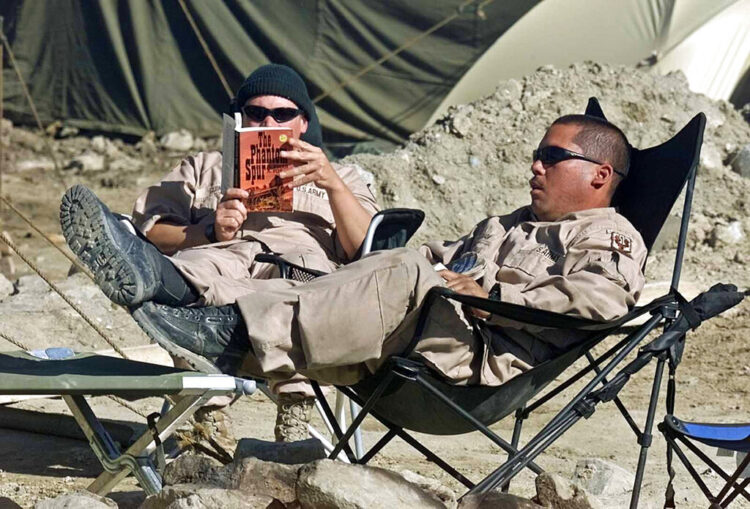By Jacqui Banaszynski
I have a tendency to notice odd juxtapositions in the news. Many baffle me to the point of annoyance, as when a major news site tells me, on the same day, that public school enrollments have fallen dramatically and, in a separate piece, that children will be shifted to new schools because the student-to-instructor ratio is too high. Yes, I understand there are ways that can be the case without being contradictory. But for people who skim the news, which means they infer all sorts of things from the headlines, there lies whiplash. It happens most often with stories about politics (Republican Party in ruins! Republican support stronger than ever!!) or the economy (Feds say end of inflation is near! Feds see no soon end to rate hikes needed to stem inflation!!).
A recent juxtaposition was about a far different subject: Sex. Or, more accurately stated, the apparent obsession with and/or fear of same, at least in these dis-United States. To wit:
A public library in Huntsville, Alabama, flagged a children's book as problematic due to "sexually explicit" content. The book was about siblings reading and building a doghouse together. Turns out the offense, attributed to an SEO scrape, was the author's last name, which was Gay.
Meanwhile, the Los Angeles Times did not hold reporter Andrea Chang back from going all-out in a lengthy and explicit piece about an L.A.-based sex toy manufacturer. The photos, by Myyung J. Chun and Mei Melcon, were not shy, either. (I think this is where I insert the requisite warning that the story contains graphic content some readers may find offensive. And if you think you can write about things like this without unintended puns slipping in, give it a whirl.)
But then I found my third connection, which I think turns a juxtaposition into a pattern. The New York Times told the history of Armed Services Edition paperbacks — some 120 million books republished in pocket-sized form and distributed to G.I.s in World War II. The lede by writer Jennifer Schuessler:
When American soldiers fought on the battlefields of World War II, they were carrying more than weapons. They also carried ideas — quite literally.
The story makes note of the political leanings of the publication project, which was intended, in part, to draw a "sharp contrast between American ideals and Nazi book burnings." And there's no question that wartime writing, from news dispatches to letters home, was censored. But the story also notes that the curator of an exhibit about the books says this:
“During World War II, the American public came out very much one way. And that was that there should be no restrictions on what people read.”
The program encouraged the public to donate only "good" books. But "good" was more a description of the physical condition of books rather than the content between the pages. Indeed, many G.I.s preferred books that included sex scenes — the steamier, the better. A 1944 novel by Lillian Smith, titled "Strange Fruit," was especially popular; it centered on a forbidden interracial romance. Another especially popular title: "A Tree Grows in Brooklyn," by Betty Smith. And the project rocketed sales of the "The Great Gatsby," published in 1925, from a stagnant 20,000 copies to a sudden 120,000 and status as a classic.
It's worth noting that all of the aforementioned books have, at various times since WWII, been placed on lists of the banned. But I end a tough news week taking heart in the notion that ideas — open and uncensored — have been seen as a force for good. |
|

